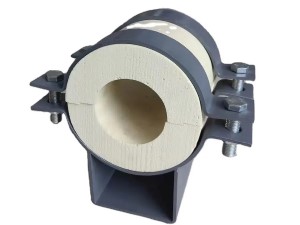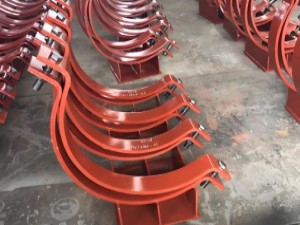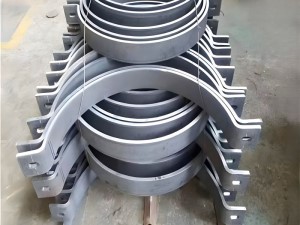What is the Melting Temperature of Metals?
A metal’s melting temperature, more scientifically known as the melting point, is the temperature that a metal begins to transform from a solid phase into a liquid phase. At the melting temperature, the solid phase and liquid phase of a metal exist in equilibrium. Once this temperature is achieved, heat can be continuously added to the metal, however this will not raise the overall temperature. Once the metal is completely in the liquid phase, additional heat will again continue to raise the temperature of the metal.
Why is the Metal Melting Temperature Important?
There are many important temperatures that a metal reaches as it is heated through either a metalworking process or as a result of the application, but the melting temperature of a metal is one of the most important.
One reason the melting temperature is so important is because of the component failure that can occur once a metal reaches its melting temperature. Metal failure may happen before the melting point, but when a metal reaches its melting temperature and begins to become a liquid, it will no longer serve its intended purpose. For instance, if a furnace component begins to melt, the furnace will no longer function if the component is important enough. If a jet engine fuel nozzle melts, the orifices will clog and may render the engine useless. It is important to note that other types of metal failure such as creep-induced fractures may occur well before the melting temperature is reached, and research needs to be done beforehand on the effect of the various temperatures to which a metal will be subjected.
Another reason why the melting temperature of a metal is so important is that metals are most formable when they are liquid. Metals are heated to their melting temperatures for many different manufacturing processes. Smelting, fusion welding, and casting all require metals to be liquids in order to be performed. When performing a manufacturing process where the metal is going to be melted, it is important to know the temperature at which that will happen so that the appropriate materials for the equipment being used can be selected. For instance, a welding gun must be able to withstand the ambient heat of an electrical arc and molten metal. Casting equipment such as dies must have a higher melting temperature than the metal being cast.
Melting Temperatures of Common Metals
These are the melting temperatures of common metal types:
- Aluminum: 660°C (1220°F)
- Brass: 930°C (1710°F)
- Aluminum Bronze*: 1027-1038°C (1881-1900°F)
- Chromium: 1860°C (3380°F)
- Copper: 1084°C (1983°F)
- Gold: 1063°C (1945°F)
- Inconel*: 1390-1425°C (2540-2600°F)
- Cast Iron: 1204°C (2200°F)
- Lead: 328°C (622°F)
- Molybdenum: 2620°C (4748°F)
- Nickel: 1453°C (2647°F)
- Platinum: 1770°C (3218°F)
- Silver: 961°C (1762°F)
- Carbon Steel*: 1425-1540°C (2597-2800°F)
- Stainless Steel*: 1375 – 1530°C (2500-2785°F)
- Titanium: 1670°C (3038°F)
- Tungsten: 3400°C (6152°F)
- Zinc: 420°C (787°F)





